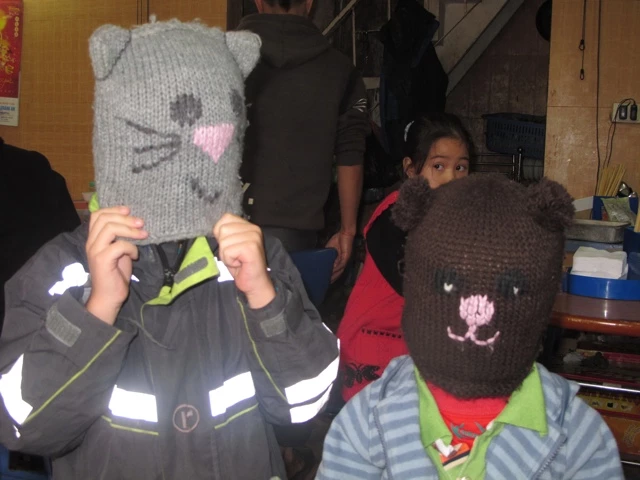Chúc mừng Năm mới
Sunday, January 29, 2012
- Silkroad
At the Lotusland Hostel I met three backpackers, who also waited for better weather to start their onward journey. We spent the weekend mainly playing cards and dice. On Monday, the sky actually cleared and the sun came out a few times. The food in Nanning is excellent. Especially the Muslim restaurants and bakeries were very nice. Almost as in the Taklamakan desert near the uigures.

I started at noon. With a lot of questions the G322 direction Vietnam was found after a few hours. Only 214 kilometers to master it was up to the border. Due to the many rainfalls in recent days, the unpaved road sections had been turned into real mud slopes. My bike, the bags and myself were soon as brown as the earth.
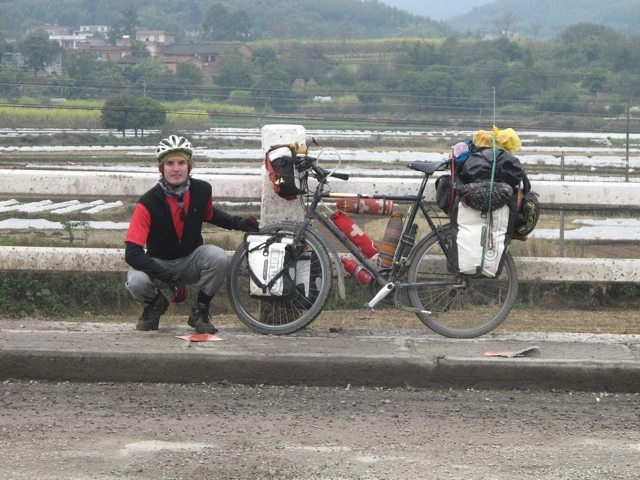

The typical limestone mountains appeared only sporadically and looked like islands in the sea. As far as you could see you could see here mainly sugarcane fields. As far as Ningming, the last town before the border, I met many farmers with their oxcars, who always called friendly "Hello" and had great joy when they waved back to them. Fortunately, there are still isolated forests. In these monocultures it is wonderful to sleep.


The difficult neighbors China and Vietnam have been fighting for more than 2100 years. In the 2nd century BC. defeated armies of the Han dynasty the first Vietnamese nationalists. After several attempts, Vietnam freed itself in the 10th century AD. finally from the yoke of imperialism. After the Second World War, Western powers sent 200,000 Chinese nationalists to North Vietnam to drive out the Japanese troops.
Since then, the two countries have been at war all the time, except when China supported Vietnam in the Vietnam War against the US. Open fighting took place in 1979. The motive for the Chinese attack (so the Chinese) was a treaty between Vietnam and the Soviet Union - another neighbor to which the Chinese cultivate a love-hate relationship.
In addition, the Vietnamese invaded Cambodia to overthrow the Khmer Rouge. Not least - and this was probably the most important reason - Vietnam had seized 250,000 huaqiao (overseas Chinese) and deported (or expelled) a large number of them to Yunnan and Guangxi. Relationships did not improve until the 1990s. Most significantly, perhaps, in mid-1999, the direct mail connection was resumed by Guangxi, which had previously been run by Singapore.
On Wednesday I was already in Ningming around 10:00. The path led partly through huge bamboo forests. Impressive, how big this plant can grow.

After a short shopping I asked the people for the way to Vietnam. About 8 kilometers out of town suddenly a checkpoint appeared. The military police stopped me and began taking pictures of all Chinese visas in my passport. One of the soldiers spoke a little English. After about 5 minutes, five of them stood around me, took my picture of my bike and started talking on the phone.
The young soldier said at some point: "You can not go to Vietnam". I got a little nervous. What the hell had I done with my denial of my departure? When I asked the soldier why I could not travel to Vietnam, he did not understand a word. Only then did I realize that he spoke only very poor English.
Fortunately, another soldier soon appeared, although he could speak only a little English but at least understood what I wanted. With the help of my map, the officer's guide and laptop, they could explain the right way to the border. In the end they still said: "Your Map is very bad". Now I even have the official proof that the travel know-how map is no good!
The initially uncomfortable affair had finally proved to be half as bad. Only one hour of important time was lost to me. By 15:00 o'clock the right border was actually found. How nice! The Chinese customs were again very quick and disciplined. At the Vietnamese, the officials at the passport control already greeted me with a friendly smile, put the stamp on the passport and wished me a very nice stay in Vietnam. Then I was allowed to enter. I have never traveled to a country that easily on my journey.
Vietnam is one hour behind China. So I was able to drive a bit further until dusk. The area was also densely populated here in Vietnam.
At some point I took a turn and landed on a farm. With some explanations, the farmer finally let me sleep in his chicken coop. He wanted me to have a roof over my head. With stones and boards he quickly improvised a bed for me. I slept wonderfully with all the chickens, pigs, geese and oxen.
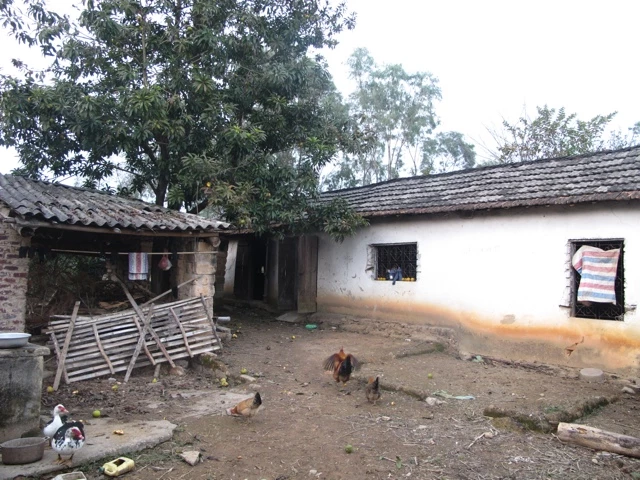

The next morning, they gave me two sacks of star fruit and sugar cane. Wow! After Hanoi leads the AH1, which runs all over the country and is known among cyclists as "Highway of Death". According to statistics, Vietnam has nearly 11,000 deaths every year.
The first historically occupied kingdom in the area of today's Vietnam emerged in the middle of the 1st millennium BC. 111 BC The Vietnamese came under Chinese control and remained in that state, each interrupted by brief periods of independence until 938 AD, where they gained independence as a result of the Battle of the Bạạng River. Then came a heyday in culture, society, business and politics. During this time, Vietnam also expanded to the south. In 1880 Vietnam came under French colonial rule as part of French Indochina. In 1945, it was divided into the Communist North Vietnam (capital Hanoi) and supported by the Western powers South Vietnam (capital Saigon). After the Vietnam War, it came in 1976 for reunification and Saigon was renamed after the late head of state of North Vietnam in Ho Chi Minh City.
Vietnam's area roughly corresponds to that of Germany.
The two most important cities by far are the capital Hà Nội and the port city of Thành phố Hồ Chí Minh (Hồ-Chí-Minh City), formerly Saigon. While the latter is one of the fastest growing booming cities in the world, Hà Nội has the image of being quieter and more elegant. In fact, Hà Nội is lagging far behind in economic matters compared to the southern metropolis.
The use of environmental toxins by the US during the Vietnam War has sustainably damaged Vietnamese nature. Above all, dioxin-containing herbicides such as Agent Orange, from which the US Air Force sprayed about 40 million liters of water over land, continue to have an effect in large tracts of land, as they decompose only very slowly and have a half-life of about a decade. During the war, about half of the mangrove swamps that can not regenerate themselves were destroyed. Defoliated slopes inland can still not be reforested, as only very resilient grasses can survive, which are very susceptible to wildfires during the dry season. In the rainy season, these regions therefore experience extremely severe erosion.
Among the long-term consequences of the use of dioxin, not only those who were in direct contact with it at that time still suffer (skin burns, chloracne, cancer). The poison also found its way into the food chain, which, through the resulting damage to the genetic material, among other things in significantly increased numbers of miscarriages, deaths and miscarriages reflected.
The population of Vietnam is estimated at about 87.3 million people. On average, the population is very young: in 2005, about 30% of people across the country were under the age of 14 and only about 5.6% are over 65.
About 88% of the population are ethnic Vietnamese (Việt or Kinh). In addition, 53 ethnic minority groups are recognized. The largest of these are the "overseas Chinese" (Vietnamese: Hoa), whose number is estimated at about 1.2 million. The majority of them are descendants of immigrants who arrived in 1644 after the collapse of the Ming Dynasty. Other ethnic groups are Thai, Khmer (especially in the south, the region of the Mekong Delta, which belonged to Cambodia for centuries) and the inhabitants of the mountain regions known under the collective name "mountain people" (Montagnards).
Since some members of the "hill tribes" fought in the war between Indochina and the Vietnam war on the side of France and the USA, there was repression against these peoples after the reunification of Vietnam and they are in part not well regarded in the Vietnamese society.
The only official official language is Vietnamese, which dominates 88% of the population as a native language. The Vietnamese language has been written in a separate, Latin-based font since 1945.
Exact details of religious affiliation in Vietnam are difficult to do. The vast majority of Vietnamese professed no faith. According to a study published in 2004, 81.5% of Vietnamese are atheists. Estimates suggest 7.6 million Buddhists and 6 million Catholics.
The ride on the highway is comparable to the traffic in China. Only the horns sound a bit different here. Vietnam had some positive surprises in store for me on this first day. The language sounds pretty difficult, but thanks to the "normal" characters at least readable. Since Turkey 8 months ago, this is the first country where I understand the letters. How nice! The first bakery was immediately attacked by me. Oven fresh baguette for 5000 manure (25 centimes) the piece. The Vietnamese act in addition.
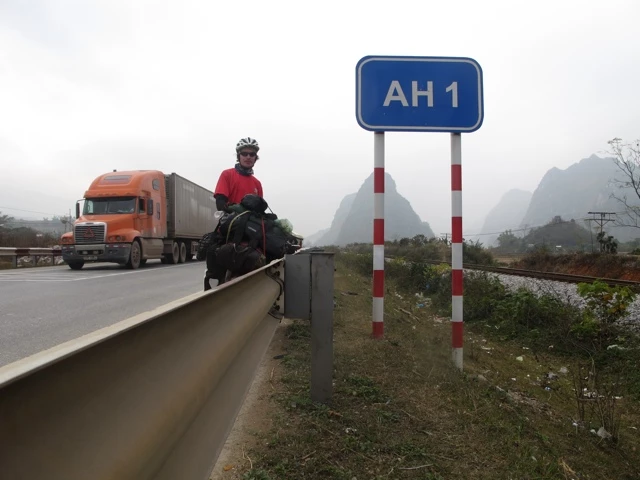

The lunch was a culinary change.

The daily drizzle bothers me not much. The road was fairly flat and without any headwinds, I made amazing progress. Already at 16:00 clock I was in Hanoi. Finding the address of the Nomadbikefamily was not an easy task, especially because of the dense traffic. But I had found the address until dawn.
There was a great reunion with Manu, Leroy, Ella, Sandra and Patrick. The five arrived here a week ago after 21 months of travel here at their final destination. A large part of Patrick's family lives in Vietnam. They spend a few more months here in Hanoi fr.nomadbikefamily.org. Manu can attend French primary school and Ella and Leeroy go to a kind of nursery. So Sandra and Patrick sometimes have some time for themselves.
On Sunday the 22nd of January the Chinese New Year took place. Almost throughout the city, shops, restaurants and much more are closed for almost a week. The Vietnamese graduate during this time a truly correct family marathon. During a week, the whole family moves from house to house and visits all relatives. There was a particularly quiet mood over the city this week.
On my arrival I was greeted with loud, halting traffic and in every street corner there was a small shop. We too have been invited several times by Patrick's relatives. The motto is usually: "Eat and drink as much as you can!"

Especially after New Year's Eve my head was buzzing with the many cognac drinks. The Vietnamese love to talk about money. Just like we talk about the weather in Switzerland. During the welcome you will not be asked how you feel, but whether you have already eaten enough. I like that. Finally a country that knows what is important for a cyclist.
The visits were very interesting. Sandra conjured up delicious dishes at home on the table. So there was chocolate cream, delicious rice dishes, gnocchi and baguette with real butter and jam. That was fantastic. In between, we also took a few trips. So we visited the St. Joseph Cathedral from the French colonial era, the Literary Temple and the Ethnological Museum.

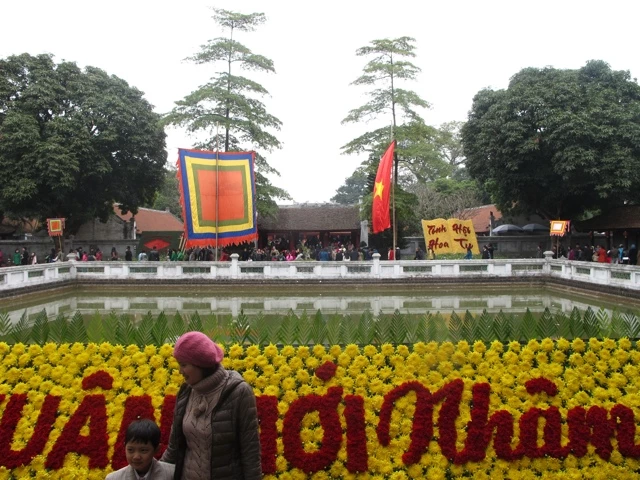

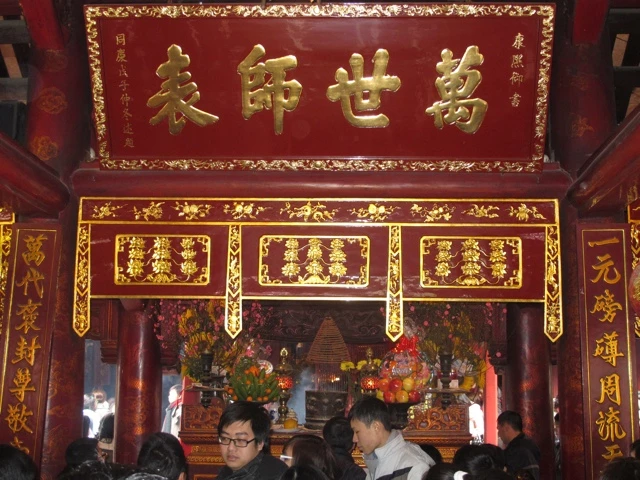
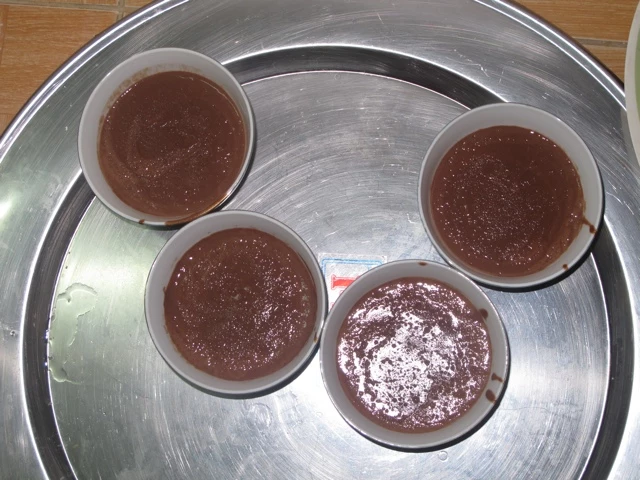
For Hanoi, the oldest existing capital of Southeast Asia, the founding year 1010 is occupied.
A total of 6.5 million people live in the city. Over the centuries, Hanoi was repeatedly conquered by invaders, lost its meantime its function as the capital and has been renamed several times.
The Temple of Literature is a Confucian facility complex built as a National Academy in the west of Hanoi's Old Quarter in northern Vietnam. He is the most important of the literary temples in Vietnam. The term "Temple of Literature" does not refer to a temple, nor did it ever serve religious purposes. Built in 1070 by Thánh Tông, the third emperor of the Lý dynasty, the complex is still the main sanctuary of Vietnam, but from the outset it was the country's first academy, where from 1076 to 1915 the sons of the Mandarins and various gifted children were born bourgeois aristocracy were taught. In 1076, in memory of the wise Confucius, the National University was founded on the grounds of the Temple of Literature. The temple is based on the Confucius Temple in the birthplace of Confucius' Qufu in Shandong Province, China.
During the Trần dynasty (1225 to 1400) and later subsequent dynasties, the temple complex was revised several times. Over the years, destruction, reconstruction, renewed destruction took place in the Temple of Literature. The temple complex was completely renovated between 1920 and 1956, but in 1947 the reconquest of Hanoi by French troops against Việt Nam ộộc Lập ồồng Minh Hội caused severe damage to the complex. He was last restored in 2000. Today, the site is considered a significant historical and cultural legacy in Hanoi. A partial view of the plant, a section of the Lake of Heavenly Clarity, shows the back of the 100,000--ng banknote.
The two recumbents are set in the apartment and a scooter is now available as a new means of transport. I followed the tours with the bike.

The temperatures always fluctuated a little bit around the 10 degree limit and it rained a bit every day. Over time you get used to it. After these wonderfully relaxing and beautiful days in Hanoi the journey continues towards Laos. Merci beaucoup Sandra, Patric, Ella, Manu and Leeroy pour cette magnifique Temps chez Vous! A la prochaine, votre Tintin.
About stupid comments and fan mail, I am always happy. Depending on the condition, I also write back. Mail: wasserclown@gmx.ch.
